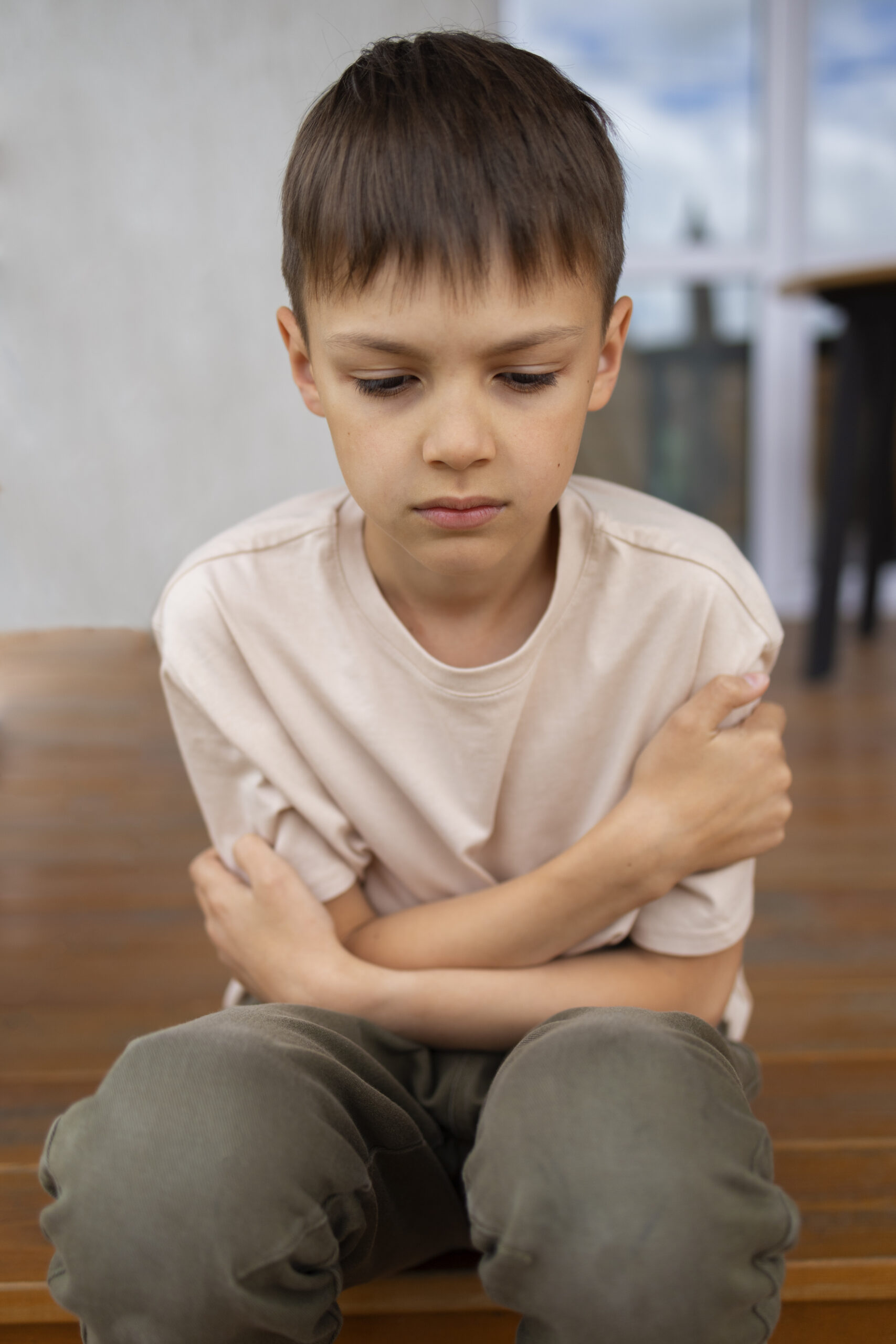Dealing with a child who is learning violent behavior from TV and YouTube requires a proactive and thoughtful approach. Here are some strategies to help address this issue:
1. Monitor and Limit Screen Time
- Supervise Content: Be aware of what your child is watching. Use parental controls to block violent content.
- Limit Exposure: Set specific times for TV and YouTube usage and ensure content is age-appropriate.
2. Discuss What They See
- Open Conversations: Talk to your child about what they watch. Explain that violence is not acceptable behavior in real life.
- Distinguish Reality from Fiction: Help them understand the difference between what is shown in movies and how people should behave in reality.
3. Teach Conflict Resolution
- Role-Playing: Use role-playing to teach your child how to handle conflicts peacefully.
- Positive Reinforcement: Praise and reward non-violent behavior and good decision-making.
4. Set Clear Rules and Consequences
- House Rules: Establish and enforce rules about acceptable behavior, including no hitting.
- Consistent Consequences: Apply consistent consequences for violent behavior to show that it is unacceptable.
5. Provide Alternative Activities
- Engaging Hobbies: Encourage participation in non-violent activities like sports, arts, and reading.
- Social Interactions: Facilitate playdates with children who exhibit positive behavior.
6. Model Appropriate Behavior
- Be a Role Model: Demonstrate peaceful conflict resolution and non-violent behavior in your own actions.
- Calm Responses: Handle your own frustrations calmly to set a good example.
7. Educate About Emotions
- Emotional Literacy: Teach your child to recognize and express their emotions in healthy ways.
- Coping Skills: Provide tools for managing anger and frustration, such as deep breathing or counting to ten.
8. Seek Professional Help if Needed
- Counseling: If the behavior persists, consider seeking help from a child psychologist or counselor.
- School Resources: Utilize school resources like guidance counselors who can offer additional support.
What to say when a child defends hitting: Examples
- Example 1: After a child watches a superhero movie with violent scenes, discuss the movie by saying, “Superheroes in movies often fight, but in real life, we solve problems by talking and understanding each other. Can you think of a time when you solved a problem without fighting?”
- Example 2: If your child hits someone, calmly explain the consequences and help them make amends: “It’s not okay to hit. Let’s apologize and find a way to make it right. What can you do to show you’re sorry and make your friend feel better?”
- Example 3: Provide a calm-down corner with tools like stress balls, coloring books, or calming music. Teach your child to use this space when they feel overwhelmed or angry instead of resorting to violence.
Example Conversation with Your Child
Example 1: Discussing Violence in Video Games
You: “I saw you were playing a video game where the characters fight each other. What do you think about that?”
Child: “It’s just a game. It’s fun to fight in the game.”
You: “Games can be fun, but in real life, fighting can hurt people and make them feel bad. What do you think we could do if we feel like fighting someone in real life?”
Example 2: Talking About a Violent Cartoon
You: “You were watching that cartoon where the characters hit each other a lot. Do you think it’s okay to hit like they do?”
Child: “It looks funny when they hit each other.”
You: “It might look funny in cartoons, but hitting in real life can cause pain and injuries. How can we solve problems without hitting?”
Example 3: Addressing a Violent Movie Scene
You: “In the movie we watched, the hero used violence to solve problems. What do you think about that?”
Child: “The hero won by fighting. Is that okay?”
You: “Heroes in movies might fight, but in real life, we should use our words to solve problems. Can you think of a time when you solved a problem without hitting?”
Example 4: Handling Anger After Watching TV
You: “I noticed you got really angry after watching that show. What did you see that made you feel that way?”
Child: “The characters were fighting, and it made me angry too.”
You: “It’s normal to feel angry, but fighting isn’t the right way to handle it. Let’s think of some ways to calm down when we’re angry. What helps you feel better?”
Example 5: Discussing a Violent YouTube Video
You: “I saw you watching a YouTube video where people were fighting. What did you think about that?”
Child: “It looked cool when they were fighting.”
You: “It might look cool in videos, but fighting can really hurt people. Let’s talk about some other ways to handle things when we’re upset or disagree with someone.”
Example 6: Addressing Violent Behavior Imitation You: “I noticed you were pretending to hit like you saw on TV. Why do you think the characters were hitting each other?” Child: “They were mad at each other.” You: “When we’re mad, there are better ways to express it than hitting. What are some things we can do when we feel mad?”
Example 7: After a Conflict with a Friend
You: “You told me you hit your friend because you saw characters do that on a show. How did that make you feel?”
Child: “I was still mad, but I got in trouble.”
You: “Hitting didn’t solve the problem and made things worse. Let’s come up with some other ways to handle it if you feel mad again. What can you do next time?”
Example 8: Clarifying Real-Life Consequences
You: “Why do you think the character in the movie hit someone?”
Child: “They wanted to win.”
You: “In movies, characters don’t show the real-life consequences of hitting. Hitting someone can hurt them and lead to serious trouble. How can we be winners without hurting others?”
By consistently applying these strategies and maintaining open communication, you can help your child understand that violence is not acceptable and teach them healthier ways to manage their emotions and interactions.



Awesome https://lc.cx/xjXBQT